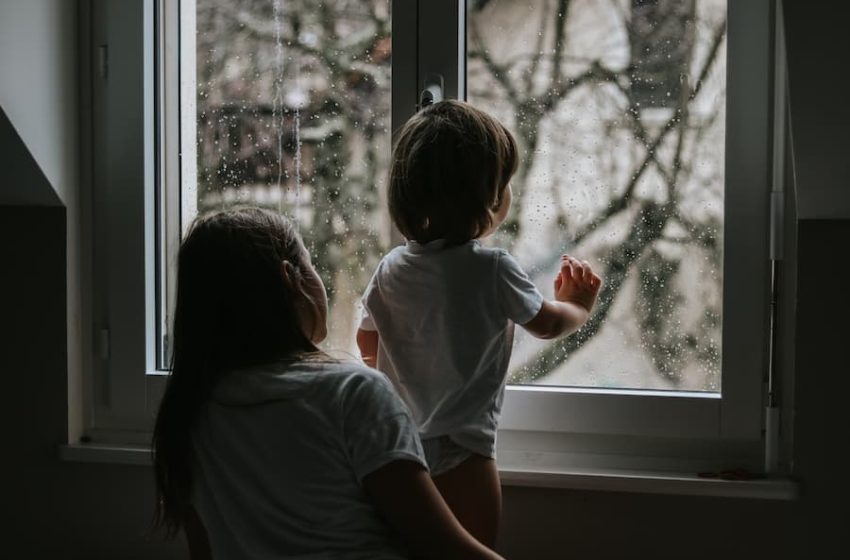
NFJO study shines light on inequalities in children’s social care
The Nuffield Family Justice Observatory (NFJO) has published a new study painting a stark picture of the inequalities and disparities that exist across ethnic groups in the family justice system.
The NFJO’s data provides an overview of differences in the demographic characteristics of children from different ethnic groups in care proceedings the legal outcomes for those children, how long it takes to get to a final order, where these children are living, and whether parents come back to court after the final order is made.
The NFJO say this study also provides the basis for future work as it points to many questions that remain “unanswered and under-investigated”.
The findings were drawn from an analysis of the ethnicity of over 100,000 children in care and supervision proceedings in England. The analysis uses population-level data from Cafcass England.
Key findings
Ethnicity in the family justice system
The ethnic profile of children in care proceedings has remained fairly constant over the last five years in England, said the NFJO. White children are over-represented – they made up 73.4% of the population, yet account for 80.3% of care cases in 2021. Children from Mixed or multiple ethnic groups are also over-represented compared to the population. Black children are slightly under-represented, and the proportion of Asian children in care proceedings is well below the proportion of Asian children in the general population in England.
This contrasts with the population of all looked-after children, which shows that Black and Mixed or multiple ethnicities are over-represented. The proportion of looked-after White children is in line with the child population in England, and children from Asian ethnic groups are under-represented as is the case in care proceedings.
Demographic characteristics of children in care proceedings
The analysis showed that there were no differences in the gender split in public law proceedings for all ethnic groups, with an overall 50/50 proportion of girls and boys.
A higher proportion of children in Asian ethnic groups had a sibling subject to the same proceedings. Asian families also differed in that they were considerably more likely than other groups to have both parents named as respondents. This finding may be linked to family composition, say the NJFO.
Children who are of White or Mixed or multiple ethnicity are younger than children in other ethnic groups at the start of proceedings. Black, Asian, and children from Other ethnic groups were on average 7 years old at the start of proceedings, while children from White and Mixed or multiple ethnic groups were 5 years old on average.
The analysis also showed both Black and Asian children are less likely to be on an adoption/placement order than both White and Mixed or multiple ethnicity children. “While this is not a novel finding, our analysis shows that it cannot be explained descriptively by ethnic differences in age, location, nor being part of a sibling group in proceedings,” said the NFJO.
Legal order and time taken to get to a final order
Special Guardianship Orders (SGO) are most prevalent among White and Mixed or multiple ethnicity children, the study revealed. Black children are less likely to have a legal order for an SGO than White and Mixed or multiple ethnicity children. Asian children are even less likely to have an order for an SGO.
Black and Asian children, on average, receive legal orders that we class as “less interventionist” than their White counterparts. Adoption is most intrusive form of state intervention in family life and therefore this is defined as the most interventionist on a sliding scale down from secure accommodation / deprivation of liberty orders, care orders, SGOs, child arrangements orders (CAOs), supervision orders, other orders, to no order being the least interventionist.
However, there is an important exception to this, said the NJFO: a higher proportion of Black and Asian children have a secure accommodation or deprivation of liberty order than White and Mixed or multiple ethnicity children.
The data also revealed Black and Asian children are more likely to receive no order from court than White and Mixed or multiple ethnicity children.
It’s also said cases involving Black and other racially minoritised children took longer to conclude than cases involving White ethnicity children.
Are parents coming back to court?
A higher proportion of children from White and Mixed or multiple ethnic groups had at least one recurrent parent than children in all other ethnic categories. In the case of children from White and Mixed or multiple ethnic groups, 17% had at least one recurrent parent compared to 10% of Black children and 6% of Asian children.
Read the full briefing as well as reflections and questions from the NFJO.










